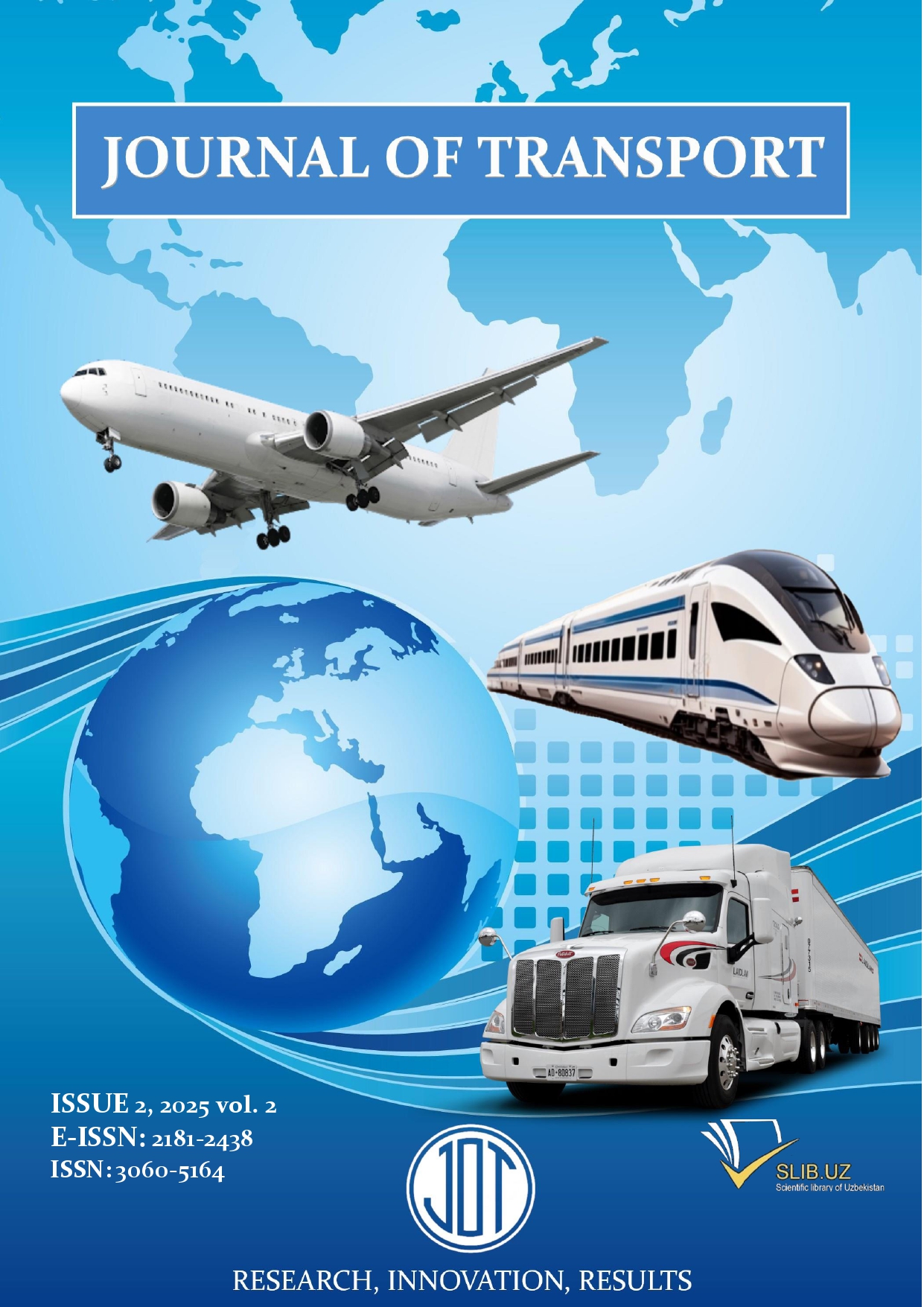Analysis of intersection safety assessment methods
Abstract
This scientific article presents the results of a comprehensive study aimed at assessing road traffic safety in urban environments using modern statistical methods—Bayesian analysis, time series analysis, and Poisson regression approaches. The main objective of the research is to identify key factors influencing the number of traffic accidents (TAs), analyze their dynamics, and develop reliable predictive models for evaluating the safety of intersections. Bayesian analysis incorporates prior knowledge and data, allowing the integration of previous experience with current statistical information. This approach improves decision-making under uncertainty and enhances the accuracy of risk assessment. Time series analysis, on the other hand, helps identify seasonal patterns, trends, and cyclic variations in TA occurrences over time, making it a vital tool for forecasting time-dependent risk patterns. Poisson regression is applied to model the frequency of traffic accidents based on discrete and count data. This method is particularly effective in situations where the number of incidents is relatively low but consistently observed. The findings of the study demonstrate that integrating these three methods allows for a more precise assessment of accident risk, enables the early detection of potentially hazardous conditions at specific intersections, and supports scientifically grounded planning of safety measures. This methodological approach is applicable not only in statistical analysis but also in the design of intelligent transportation systems and the optimization of urban infrastructure.
References
[2] Box, G. E. P., Jenkins, G. M., Reinsel, G. C., & Ljung, G. M. (2015). Time Series Analysis: Forecasting and Control (5th ed.). Wiley.
[3] Cameron, A. C., & Trivedi, P. K. (2013). Regression Analysis of Count Data (2nd ed.). Cambridge University Press.
[4] Lord, D., Washington, S. P., & Ivan, J. N. (2005). Poisson, Poisson-gamma and zero-inflated regression models of motor vehicle crashes: balancing statistical fit and theory. Accident Analysis & Prevention, 37(1), 35–46.
[5] Zou, Y., Zhang, Y., Lord, D., & Gong, W. (2013). Application of finite mixture of negative binomial regression models in analyzing highway-rail grade crossing accident frequency data. Accident Analysis & Prevention, 59, 30–39.
[6] Vlahogianni, E. I., Karlaftis, M. G., & Golias, J. C. (2012). Short-term traffic forecasting: Where we are and where we’re going. Transportation Research Part C: Emerging Technologies, 43, 3–19.
[7] Brovold, S., Tarko, A. P., & Wasson, J. (2014). Using Bayesian techniques to estimate intersection crash risk. Journal of Safety Research, 50, 43–50.





